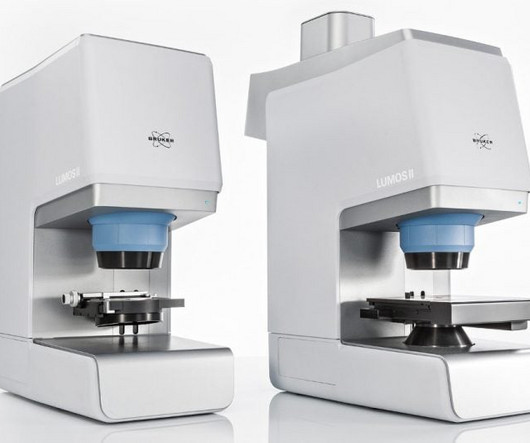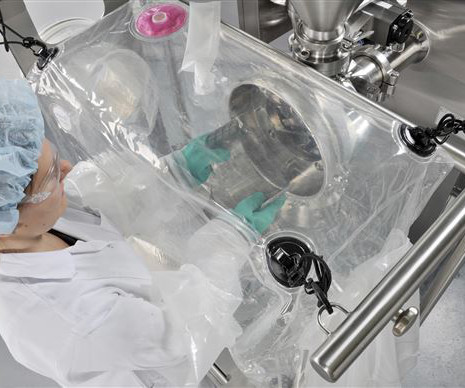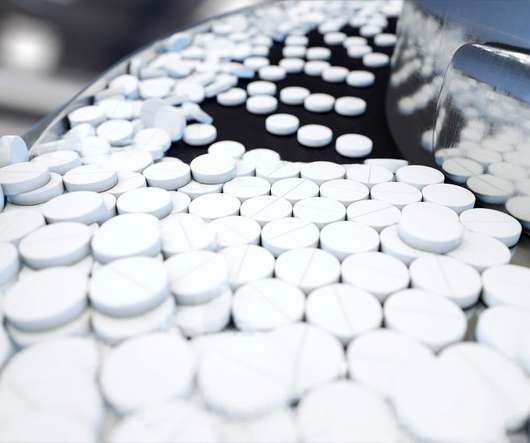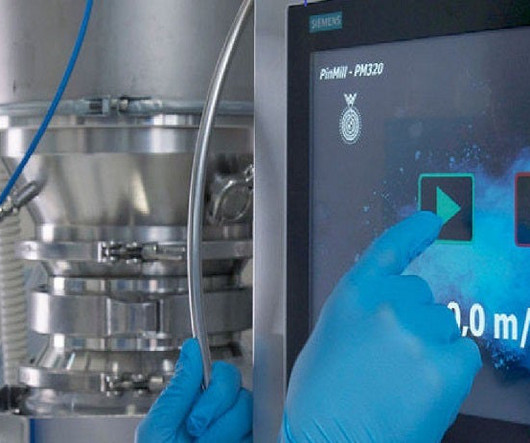Microparticle analysis: methods and uses in the pharmaceutical industry
Pharmaceutical Technology
MAY 10, 2023
Microparticles can be present as a contamination of products such as pharmaceuticals and electronics, or as an air pollutant. Within the pharmaceutical industry, it is critical to measure particle size as it influences surface area and porosity, impacting a drug’s bioavailability, effectiveness, and shelf life.












Let's personalize your content